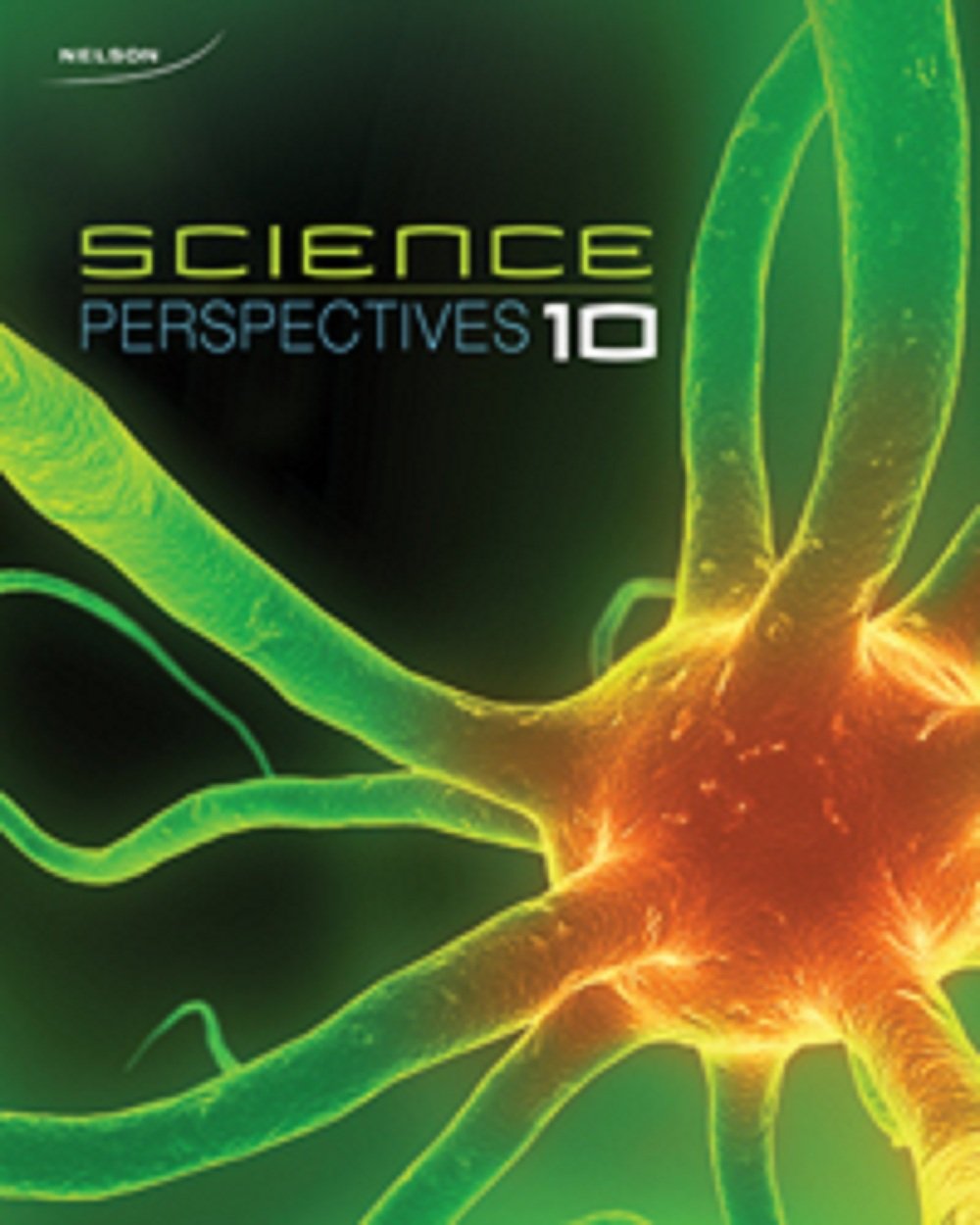
Nelson Science Perspectives 10
1st Edition
ISBN: 9780176355289
Textbook solutions
All Solutions
Section 10-4: Taking Action to Limit Climate Change
Exercise 1
Result
1 of 1
Natural factors already create climate change so the addition of human activity just increases the rate at which the climate changes, but even without our help, nature will cause the climate to change based on imbalanced feedback loops.
Exercise 2
Result
1 of 1
If we adapt to climate change we will allow it to keep progressing until we have created irreversible damage and destroying the Earth’s natural climate system
Exercise 3
Solution 1
Solution 2
Step 1
1 of 2
(a) Transportation – Each of us should choose cleaner modes of transport such as public transport, bicycles or walk, instead of private vehicles or motorcycles.
(b) Energy production – We should use wind energy that is renewable, clean and does not emit carbon dioxide.
(c) Energy conservation – Installing thermal insulation and installing better quality windows is one of the ways to decrease energy consumption.
(d) Forests – It is very important to plant trees because it helps us reduce health problems caused by air pollution.
Result
2 of 2
Actions to help reduce the impacts of climate change
Step 1
1 of 5
a) Use fuel efficient or electric transportation and incentivize the decreased reliance on natural gas and fossil fuels
Step 2
2 of 5
b) Use sustainable and renewable sources of energy production
Step 3
3 of 5
c) By using energy more efficiently, less energy is wasted and can be used doing other tasks
Step 4
4 of 5
d) Protect forests since they act as carbon sinks and take lots of carbon dioxide out of the atmosphere, reducing greenhouse gas emissions
Result
5 of 5
a) Use fuel efficient or electric transportation and incentivize the decreased reliance on natural gas and fossil fuels
Exercise 4
Step 1
1 of 4
a) a temperature rise of 2 Celcius is the maximum rise we hope to limit Earth to
Step 2
2 of 4
b) a limit of 450 ppm of greenhouse gases
Step 3
3 of 4
c) industrialized nations will have to reduce emissions by 80% to meet that limit by 2050
Result
4 of 4
a) a temperature rise of 2 Celcius is the maximum rise we hope to limit Earth to
Exercise 5
Step 1
1 of 3
a) Incentivize sustainable energy and resource usage. Place limits on emissions for industry and vehicle transportation.
Step 2
2 of 3
b) No, private companies will feel as though they are losing money if they cannot compete due to the changes. In order to save the Earth we must put money and economies aside for the meantime, or at least fund projects that can keep our lifestyles the same while not hurting us or the environment
Result
3 of 3
a) Incentivize sustainable energy and resource usage. Place limits on emissions for industry and vehicle transportation.
Exercise 6
Step 1
1 of 3
a) incentives are being created for owning electric cars, incentives for windmills, incentives for solar panels. People are adapting by recycling and living sustainably by growing gardens and using lawn space for things other than just grass to limit emissions from lawn mowers
Step 2
2 of 3
b) Limiting the expansive golf courses that require lots of mowing and fertilizer, both of which harm the environment. People may need to pay more to travel if the fuel needed for planes is taxed more heavily
Result
3 of 3
a) incentives are being created for owning electric cars, incentives for windmills, incentives for solar panels. People are adapting by recycling and living sustainably by growing gardens and using lawn space for things other than just grass to limit emissions from lawn mowers
unlock

